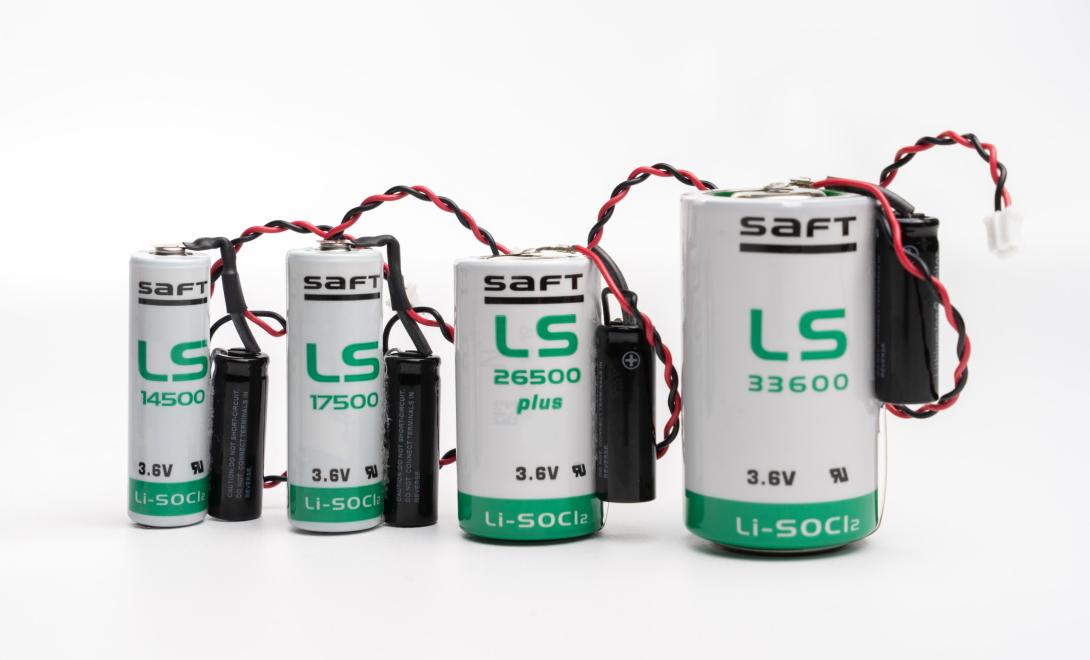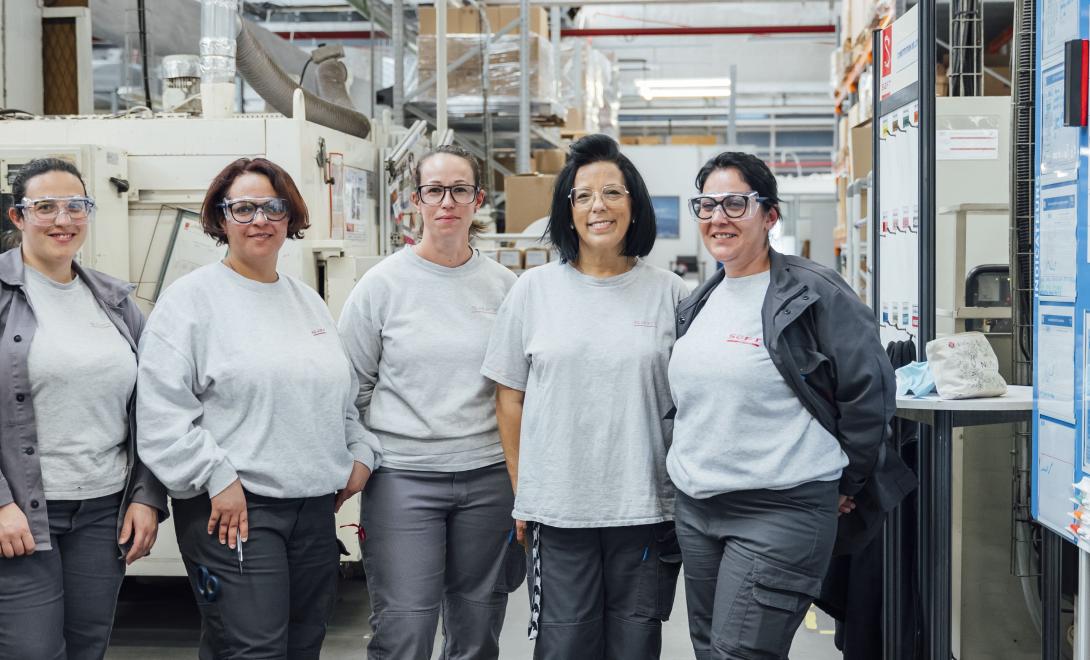
Capturing energy from train braking in Philadelphia – a world first
Saft’s Intensium® Max 20P containerized Li-ion battery energy storage system turns braking trains into generators to save 10% on energy bills.
SEPTA’s challenge
The Southeastern Pennsylvania Transportation Authority (SEPTA) runs the public transport system for the US city of Philadelphia and the surrounding area, serving a population of 3.9 million. SEPTA was looking for a way to both make the most of its operating budget and boost its green credentials. SEPTA is located in the operating area of PJM, a regional transmission operator (RTO) that has opened its frequency regulation market to non-traditional resources. This prompted the decision to take an innovative approach that would use the world’s first system to capture the kinetic energy of braking trains and store it in a large-scale battery system. SEPTA had a triple objective for this storage asset:
- Reducing the grid energy consumed (1,050-2,100 MWh pa)
- Capturing market-based revenue such as frequency regulation
- Providing ‘power insurance’ in case of an emergency outage
In this pilot program, the battery storage system was required to capture the braking energy of trains at five stations on one of SEPTA’s busiest routes, the Market-Frankford line. On an average working day, each of the five stations experience 400 stopping trains, enough to generate more than 1,200 MWh every year.
The solution
SEPTA carried out the project with smart grid specialist Viridity Energy. The solution included:
- Saft’s Intensium® Max 20P lithium-ion (Li-ion) energy storage system
- Viridity Energy’s optimising system to enable energy capture, regulation and participation in the energy market
- Power control, conversion and system integration systems from ABB group company Envitech Energy
The benefits - a greener and more efficient public transport system
Regenerative braking now enables SEPTA to recover an average 1.1 MWh on weekdays and 1.5 MWh at weekends.
The system is qualified by PJM as a fast responder within its frequency regulation market. The system aims at participating between 18 to 19 hours per day in this market, with the potential for continuous participation up to 16 hours per day.
The impact of the system includes:
- Energy savings: 2-4 kWh per event, and 1,057-2.115 MWh pa
- Supply savings: approx. $95-190k pa
- Market revenue potential: $75-250k pa
- Total economic benefit: $170-440k pa
- CO2 emission reduction: more than 1,000 tons pa
- SO2 emission reduction: more than 5 tons pa
- NOx emission reduction: more than 1 ton pa
- Mercury emission reduction: more than 22 kg pa
Through this pilot project, SEPTA will become even more energy efficient, which will help control operating costs, benefitting both customers and taxpayers.
Intensium® Max 20P system – key features
Saft used its energy storage expertise to design, install and commission an Intensium Max® 20P system to meet the exacting project specifications:
- Standardized 20-foot containerized system houses Saft’s Synerion® 24 Li-ion battery modules, power conditioning, communications interface, battery management, cooling and fire prevention systems
- Energy Storage System Unit (ESSU) is formed by 29 modules in series
and the container has 10 ESSUs in parallel
- 20-year design life
- Saft’s well-proven reliable and maintenance-free Li-ion technology
- 1.5 MW peak charge and discharge power and 420 kWh of storage capacity
By harnessing the regenerative braking power of the trains and empowering SEPTA to become a virtual power generator that can provide valuable and environmentally responsible service to the electric grid, we can fulfill the promise of interconnected systems on the grid and behind the meter responding dynamically to reliability and economic signals to strengthen the grid.
Intensium® Max 20P system – key features
Saft used its energy storage expertise to design, install and commission an Intensium Max® 20P system to meet the exacting project specifications:
- Standardized 20-foot containerized system houses Saft’s Synerion® 24 Li-ion battery modules, power conditioning, communications interface, battery management, cooling and fire prevention systems
- Energy Storage System Unit (ESSU) is formed by 29 modules in series
and the container has 10 ESSUs in parallel
- 20-year design life
- Saft’s well-proven reliable and maintenance-free Li-ion technology
- 1.5 MW peak charge and discharge power and 420 kWh of storage capacity
Related Articles, Stories & Events
Stories, Media & Events
<p>To ensure we can respond as efficiently as possible. Please complete this form which will be delivered to our team of experts who will help you with your enquiry.</p>

